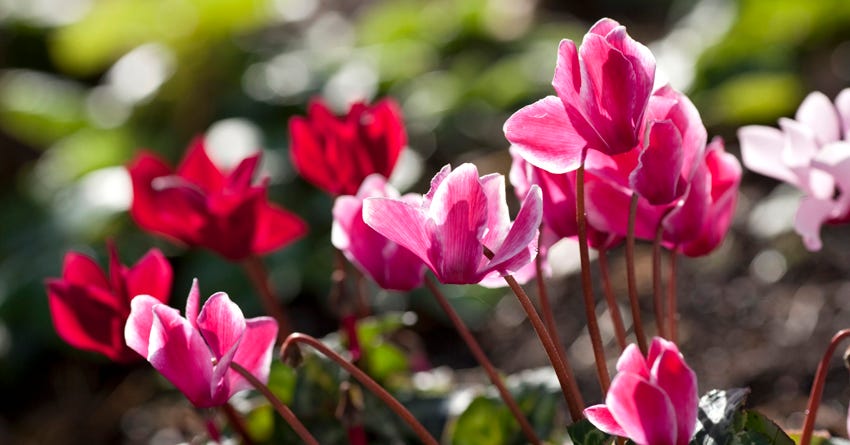20 Landscaping Plants Dog Owners Should Avoid

I'm a gardener as well as a pet owner, and I enjoy a wonderfully landscaped yard.
A stroll through a local garden center, however, was an eye-opener as I saw display after display of plants that are toxic should a dog munch on a leaf, stem, berry or tuber. It was downright frightening to see that none of them carried any kind of a warning on the label even though some were also toxic to people. When I asked a worker at the garden center he said it was up to the consumer to be informed. I'm going to check with some other garden centers to see if this is a standard practice but in the meantime, here are some plants you should know can be a danger to your dog.
Bulbs and Tubers
So many bulbs and tubers are toxic. Before planting any bulbs in the garden, verify that they are not toxic, or make sure they are securely fenced off from your inquisitive dog.- The amaryllis has large, gorgeous red, white or pink blooms on top of a large stem. The bulbs are often sold as a holiday plant beginning around Thanksgiving. In subtropical areas, the bulbs can then be planted outside where they will naturalize. If your dog ingests any of the plant—especially the bulb—he could suffer from diarrhea, vomiting, abdominal pain, tremors, drooling and more.
- Crocus flowers are charming and varied in color. Unfortunately, if eaten, they can cause severe gastrointestinal damage, beginning with bloody diarrhea.
- Tulip, narcissus/daffodil, and gladiola bulbs are also toxic.

Bushes, Shrubs, and Trees
Thankfully most bushes and trees are safe to use in landscaping your yard; however, there are a few you should avoid.- Oleander is a landscaping staple throughout warm climates, especially in southern California. Unfortunately, it is extremely toxic to dogs (as well as humans, cats, horses and other animals). It causes a number of problems, including sweating, muscle tremors, a lack of coordination, and even death.
- The treasured Sago palm, which is popular in the sub-tropical regions of the country, is extremely toxic and should not be in any yard where dogs reside. Just a few seeds can kill a dog.
- The yew tree was the foundation for an effective cancer treatment drug, but ingestion of its leaves will cause trembling, a lack of coordination and breathing problems. It can also cause cardiac failure.

Flowers
- Most lilies, including lilies of the valley, are extremely toxic and can cause a number of symptoms, including heart failure.
- Begonias can cause burning of the mouth, difficulty swallowing and vomiting.
- Cyclamen will cause gastrointestinal upset and vomiting.
- Morning glories can cause hallucinations, agitation, and gastrointestinal upsets.
- As a general rule, chrysanthemums are not deadly, but may give your dog an upset tummy and perhaps diarrhea.
- Carnations are not toxic but can give your dog an upset stomach as well.

And a Few Others
- English ivy, that staple landscaping plant that goes hand in hand with red brick buildings and rock walls, will cause gastrointestinal upset, including vomiting, diarrhea and abdominal pain.
- If you have planted a garden to attract butterflies to your yard, be aware that milkweed is toxic. It will cause depression, vomiting, diarrhea, seizures, difficulty breathing, kidney and/or liver failure and death.
- Vegetable gardens are great; I plant one every year. But I fence it off as the foliage of both tomatoes and potatoes is toxic to dogs. My grandmother taught me how to raise rhubarb for pies and that needs to be fenced off, too, as the leaves are toxic.


